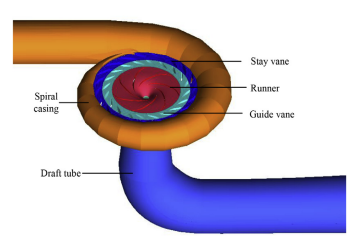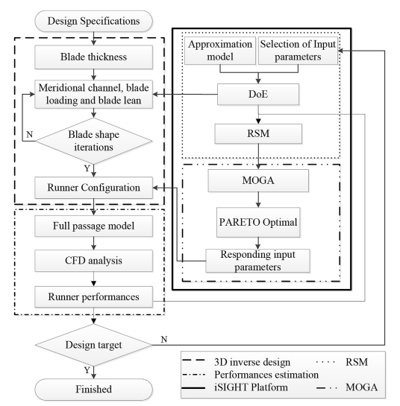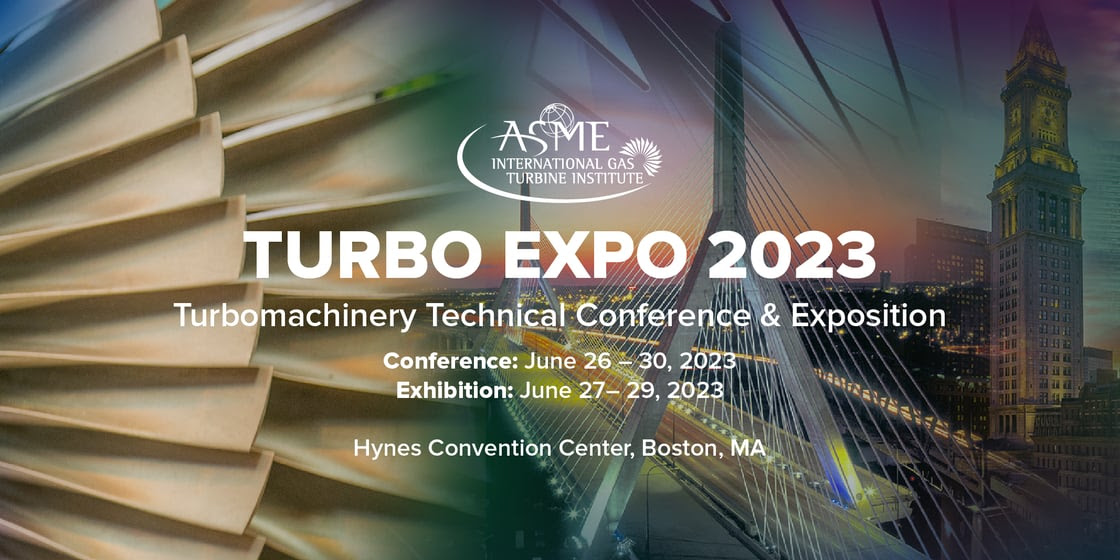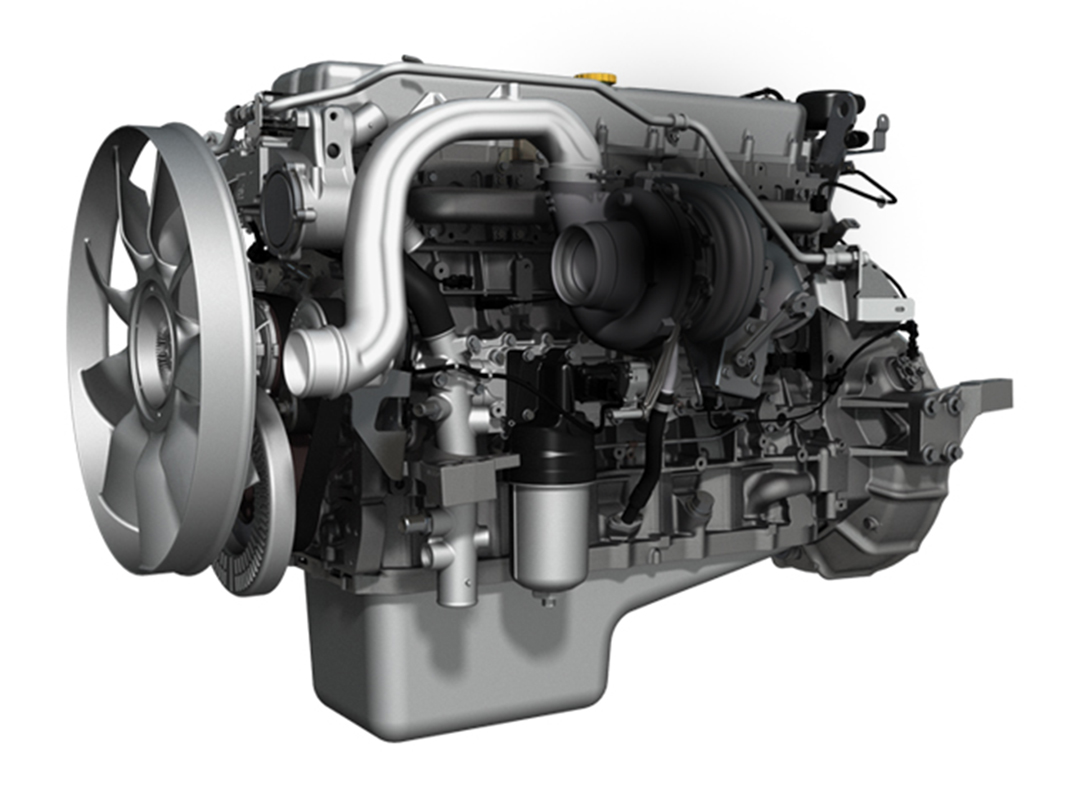Pumped hydro energy storage (PHES) is currently the only proven large-scale (>100 MW) energy storage technology. The benefits of PHES on electrical system operations are welldocumented in textbooks and journals.
The flexible generation of PHES can provide upregulation and downregulation in power systems. Furthermore, the quick start capabilities of PHES make it suitable for black starts and for the provision of spinning and standing reserves. PHES was previously developed in many countries, such as Europe, the United States, and Japan, to facilitate the integration of large base load generation. Interest in this technology has recently been renewed because of the increase in variable renewable generation, such as wind power.
Thus, many new PHES stations are currently being designed and built in China. The pumpeturbine installed in PHES stations usually takes only one runner functioning as pump and turbine and should be effectively operated during water pumping and electricity generation. Therefore, pump and turbine efficiencies should be guaranteed for the runner.

Fig.1. Full passage model.
Furthermore, the stability and cavitation performances for both operating conditions have to be improved. Given that the targets for the two operations affect each other and are sometimes conflicting, designing a pumpeturbine runner with high performance in both operation modes is difficult.
In describing the runner shape, geometric and hydrodynamic parameters can be utilized. The former usually needs a larger number of parameters than the latter. With the development of design theory and computer technology, 3D inverse design methods have become increasingly popular recently.
By using these design methods, the blade shape can be controlled by blade loading and stacking. However, no direct relationship has been observed between geometric parameters and runner performances. Given that the requirements for pump operation are difficult to meet, the pump-turbine runner is usually designed from pump mode and is verified with turbine operation. Thus, trial and error in flow analyses and model tests is necessary and the experiences of the designers are indispensable.
Computational fluid dynamics (CFD)-based optimization has been used in the development of the pumpeturbine runner, i.e., the profile of the runner is modified by changing the design parameters on the basis of internal flow analyses. Although a pump-turbine runner with good hydraulic performance can be obtained, studies based on CFD are considerably time-consuming and requires intensive experience.
The optimization technique can be used to optimize the profile of the runner automatically and reduce the design time. However, the optimization process mainly depends on the performance estimation conducted by CFD calculation. Moreover, the one-time calculation of performance is needed in one-step optimization. The multi-objective optimization strategy has been applied in the design of turbomachinery.
In this strategy, the design of experiment (DoE) was used to determine the distribution of sample points in the design space. Furthermore, the response surface methodology (RSM) was used to generate approximate functions relating to the objectives and design parameters, such that the computational cost can be reduced significantly.

In this study, a design strategy combining 3D inverse design, CFD, DoE, RSM, and multi-objective genetic algorithm (MOGA) was used to develop a pump-turbine runner with high efficiency and stability.
- First, a brief introduction of the strategy was provided.
- Thereafter, the strategy was applied to the design of a scaled pump-turbine runner.
- Finally, model tests and numerical simulations were conducted to verify the optimization of the design system and analyses of the internal flows.
To learn more about the full study, you can download your free copy of this publication below:
Mehrdad Zangeneh
Mehrdad Zangeneh is Founder and Managing Director of Advanced Design Technology and professor of Thermofluids at University College London.
View All Articles





Share This Post